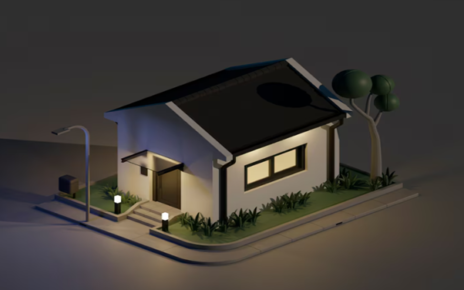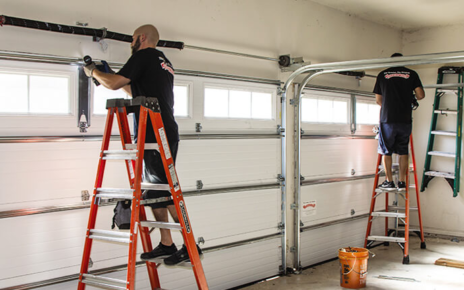Solar panel technology and knowledge have resulted in the development of more efficient and affordable systems, which can now be installed in residences. Even though solar power is still more expensive to install than conventional power, demand for solar energy is growing, and the industry is prepared to meet it. Solar panel arrays of a more discrete size are being installed on the roofs of a great number of newly constructed residences, replacing the massive solar panels that were previously used. Despite their smaller size, modern California solar panels are considerably more efficient than their predecessors and can convert a significant amount of energy. This makes them less noticeable, and although a solar array mounted on a roof can still be seen, it will blend in substantially better with your building and actually appear quite attractive and “modern” because of this.
The vast majority of federal programs provide tax credits, exemptions for corporations and private individuals, and special loans and incentives for residential mortgages and renewable energy production. The vast majority, if not all, states also offer incentives, such as municipal rebates, tax incentives on sales and property, tax incentives on sales, and many others. There are even local governments that will cover up to 70% of the total installation costs. If you are contemplating installing solar panels on your property, you should be aware of the following information. This information will help you decide whether to transition to solar energy.
Regarding Solar Panels for Private Homes
Photovoltaic systems, also known as solar panels, are able to convert solar energy into electricity. Each solar panel is typically composed of thirty to forty solar cells made of crystalline silicon or another material that can absorb sunlight. The components used in their construction have a high capacity for light absorption. Each solar panel is nothing more than a collection of solar cells that have been interconnected and encased in a protective casing with a transparent front that allows sunlight to travel through and a solid back. To prevent the panel from deteriorating due to moisture, the entire structure has been sealed.
The area of the solar cell that absorbs sunlight is referred to as the electrically negative region, while the bottom of each cell is referred to as the electrically positive region. The absorption of sunlight by the silicon cells dislodges the electrons, which then move from the electrically negative layer to the electrically positive layer. This solar-generated electrical energy is conveyed through the contacts in the top layer and then distributed across the circuit array to produce electrical power.
Capacity of Solar Panels to Generate Energy in Your Region
Under optimal conditions, solar panel systems can generate enough electricity to power all the lights and electrical appliances in a typical American residence. This electricity can also be used to heat and cool a residence during the winter and summer, respectively. Your geographic location has a substantial effect on the quantity of energy your solar panels can harvest. Solar panels are affixed to the surface of your home that receives the most sunlight; in humid and warm climates, this is the north-facing side of the house, whereas in dry and cold climates, it is the south-facing side.





